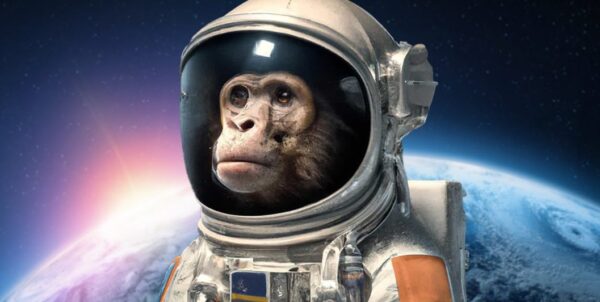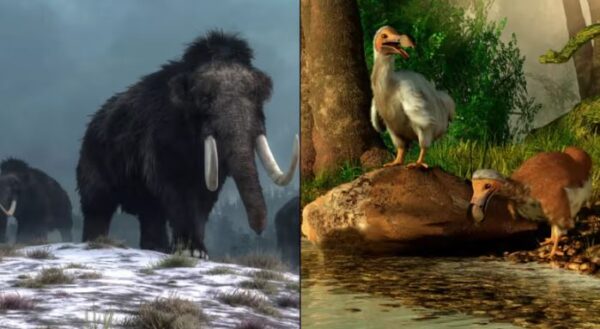Lifestyle
5 animals humans ate to extinction
Throughout history, people have relied on animals for sustenance. However, in some cases, this reliance led to overhunting and eventually wiped out entire species.
Imagine living in a world where there were no more dodo birds or woolly mammoths. Unfortunately, these animals, along with others, were eaten into extinction.
Understanding these stories helps us appreciate the delicate balance of our ecosystem and the importance of preserving the wildlife we still have today.
1. The dodo
The dodo, a flightless bird native to Mauritius, became extinct in the late 17th century. These birds were larger than turkeys, with blue-gray plumage and a large head. When Portuguese sailors discovered Mauritius around 1507, the dodos had no natural predators and were unafraid of humans. This made them easy targets. Sailors hunted them for fresh meat, and the introduction of pigs, monkeys, and rats, which ate their eggs, led to their rapid decline. The last dodo was killed in 1681.
2. Steller’s sea cow
Discovered in 1741 by the German naturalist Georg Wilhelm Steller, Steller’s sea cow inhabited the coastal areas of the Bering Sea. These gentle giants, related to manatees, grew up to 30 feet long and weighed around 10 tons. They were easy targets for Russian seal hunters because they floated at the water’s surface and couldn’t submerge. Within 27 years of their discovery, these sea cows were hunted to extinction for their meat.
3. Passenger pigeon
Once numbering in the billions, passenger pigeons were among the most numerous birds in North America. These birds travelled in massive flocks that could darken the sky for days. However, intense hunting in the 19th century for their meat, considered a cheap food source, and habitat destruction led to their rapid decline. The last known passenger pigeon, named Martha, died in the Cincinnati Zoo in 1914.
4. Great Auk
The great auk was a flightless bird that lived in the North Atlantic, including regions like Canada, Iceland, and Scandinavia. These birds were hunted for their feathers, meat, and oil. By the early 19th century, their numbers had dwindled significantly, and the last known pair was killed in 1844 on Eldey Island, off the coast of Iceland. Their extinction is a stark reminder of the impacts of overexploitation.
5. Quagga
The quagga, a subspecies of the plains zebra, was unique for its limited pattern of stripes, mostly on the front part of its body. Native to South Africa, it was hunted extensively by European settlers for its meat and hide and because it was seen as a competitor for grazing land with livestock. The last known quagga died in an Amsterdam zoo in 1883.











